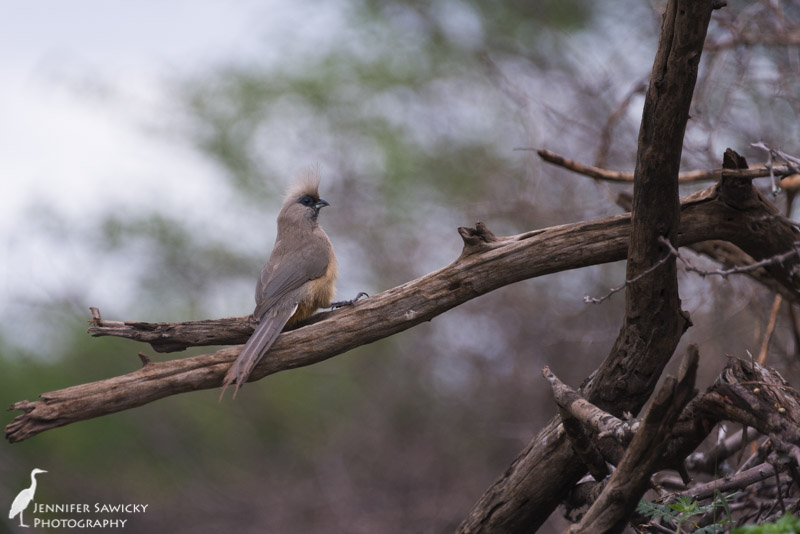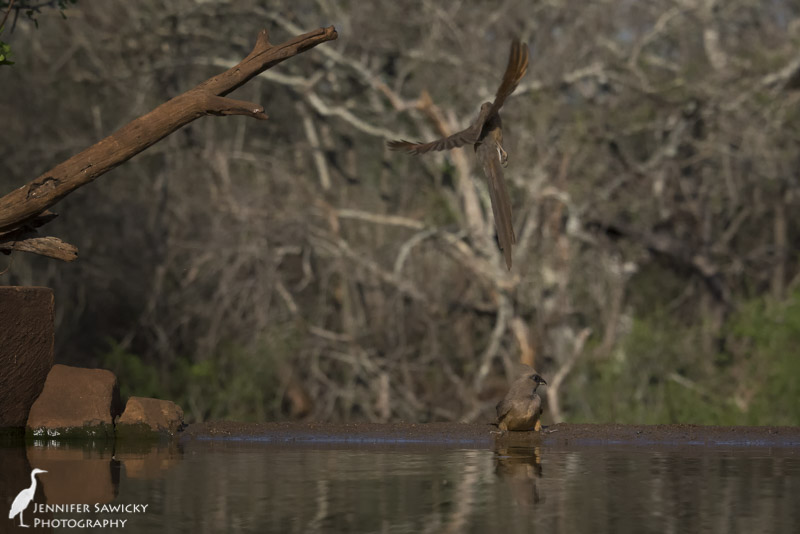
1/320 sec, f7.1, ISO 220

Showcasing the beauty of Mother Nature
There are sugar cane fields surrounding portions of Zimanga Private Game Reserve, and on some of our tracking outings, we would follow the cane field fence lines to get where we were going. After tracking the cheetah for some time, we finally spotted him, but I am sure the worker cutting cane (probably less than 10 metres away) didn’t have a clue he was there.
We left so early for our walk today I didn’t bother grabbing my camera, and as we were leaving the dike I was kicking myself for it. This would have been so much better shot with something other than my phone. I’ve never before seen a heron perched on the top of the power lines.


Given the sheer quantity of warthogs I saw while at Zimanga Game Reserve, I’m surprised it has taken me this long to post any photos of them. They were everywhere I looked, from dawn till dusk. In our yard, wandering down the road (and seeming to take great joy in holding up the vehicle progress) and I am pretty certain there was at least one (probably more) hanging around every time we stopped the vehicle to do our tracking.
They could be described as having a face only a mother could love, but honestly I found something kind of endearing about them. And if nothing else, I really, really needed to work on a blog post of a land dweller, or I’d have to change the tagline of my site to “Images of birds and more birds”.
Have a great evening!

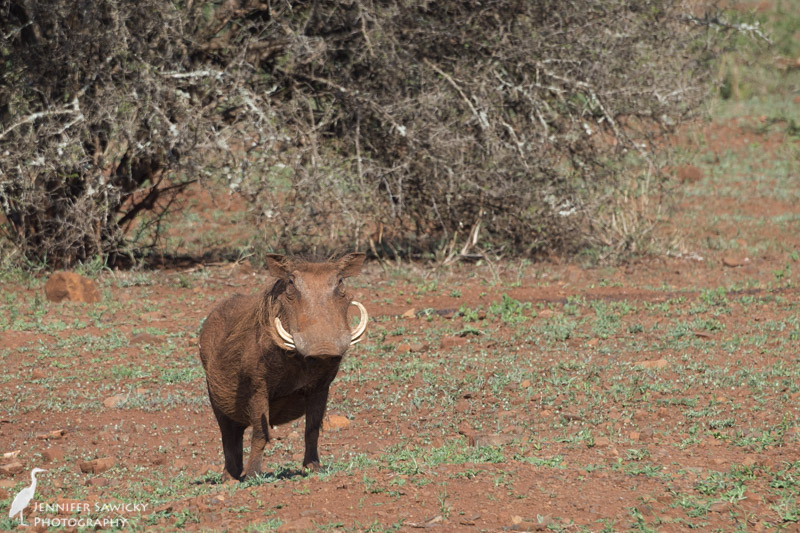



I’m both happy and irritated with myself at the moment. Happy that I discovered a few additional sunbird photos that had not been properly tagged, and annoyed with myself for not going through the proper workflow to begin with.
That off my chest, here are a few additional sunbirds I saw during my last trip to South Africa. Enjoy!






While organizing photos, I came across a few lilac-breasted roller shots that frankly, I forgot I had. They are from my trip this past October / November to Zimanga. While there, I didn’t have a lot of success capturing the roller, as most of the time we were driving when I noticed it, and it was gone by the time we stopped, if we were able to stop at all. If there is a more beautiful bird though, I’ve not seen it yet. When the sunlight strikes its feather, the colours are just amazing.
Enjoy the photos and have a lovely day.
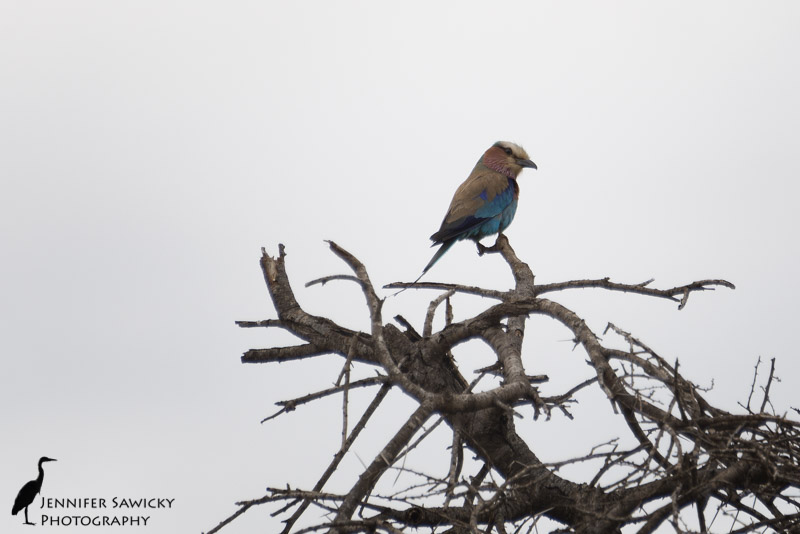


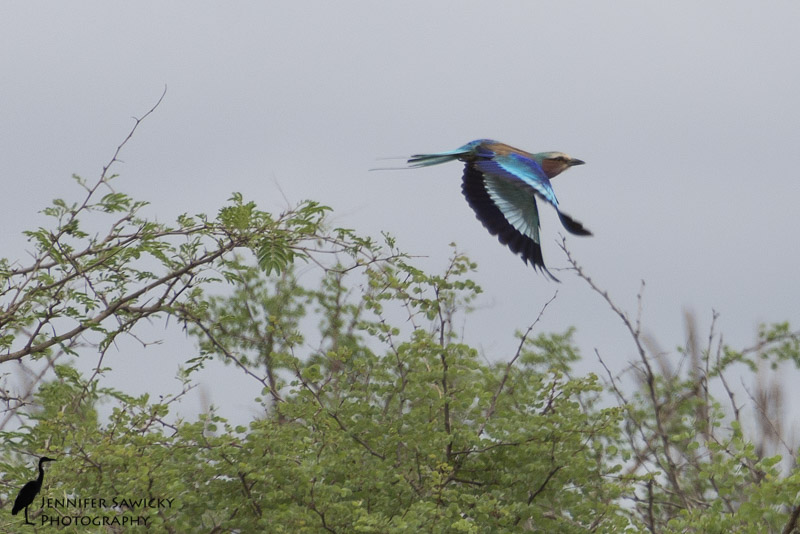
You can see some of my roller shots from my first trip to South Africa here: Lilac Breasted Roller, The lilac breasted roller.
I saw several bee-eater species on my first trip to Africa, which have been featured on several previous blog posts: Carmine bee-eaters, Bee-eaters, Birds in flight
This past trip, I added the little bee-eater to my list of birds, and saw the white fronted and european bee-eater again. I’ve only ever seen the european bee-eater from far distances, so I am hoping some day I will have some nice close up shots to work with.

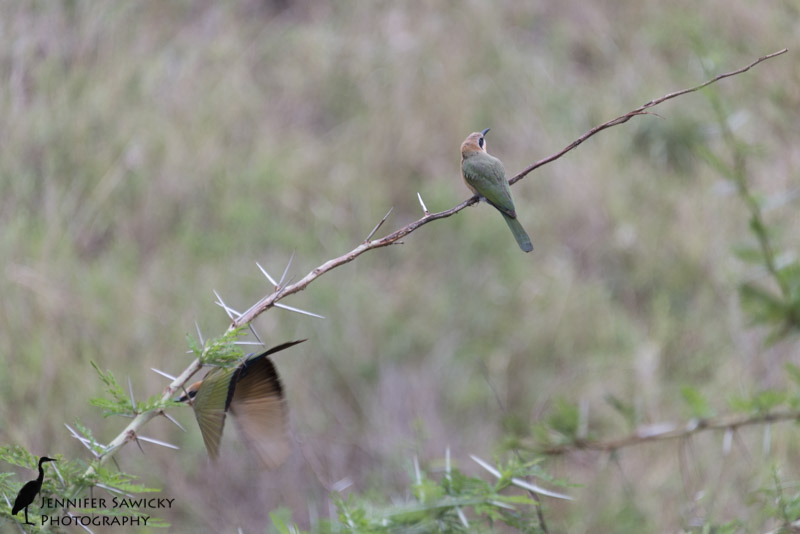




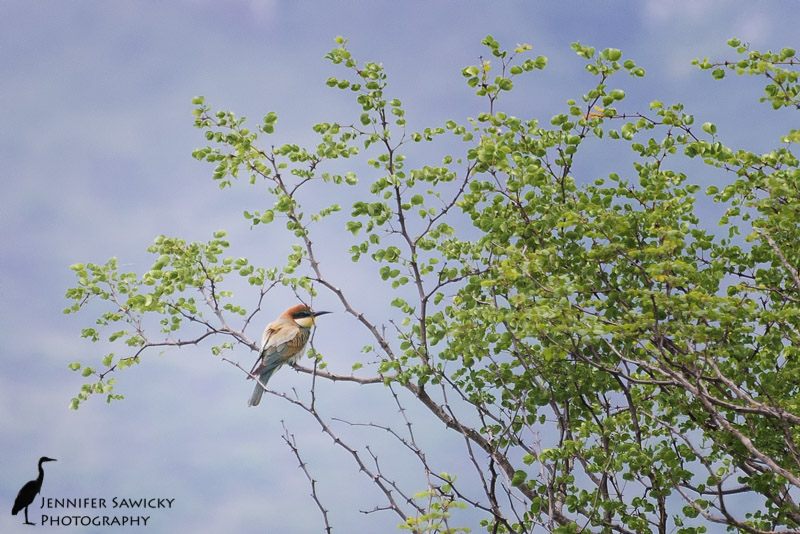
More pictures from my session at the Mkombe hide at Zimanga. The mousebirds were a favourite of the photo coordinator, and the bird she most hoped seeing when we started our hide session. The red faced mousebird only made brief appearance, but a good number of speckled mousebirds spent a great deal of time at the water.
Looking at the photos now, I find a resemblance between the mousebird and a cardinal (head and beak shape) though I must be honest I have not seen a cardinal other than in photos for over 30 years, so I could be completely wrong about that.
Wikipedia provides some information on the behaviour and habitat of the mousebird:
http://en.wikipedia.org/wiki/Mousebird
Have a great day!

